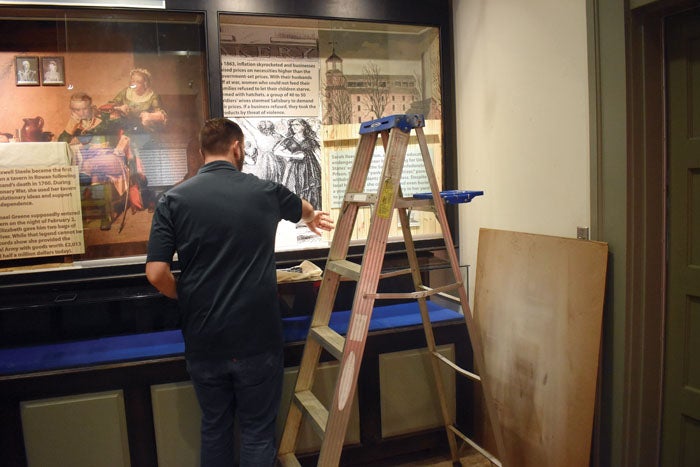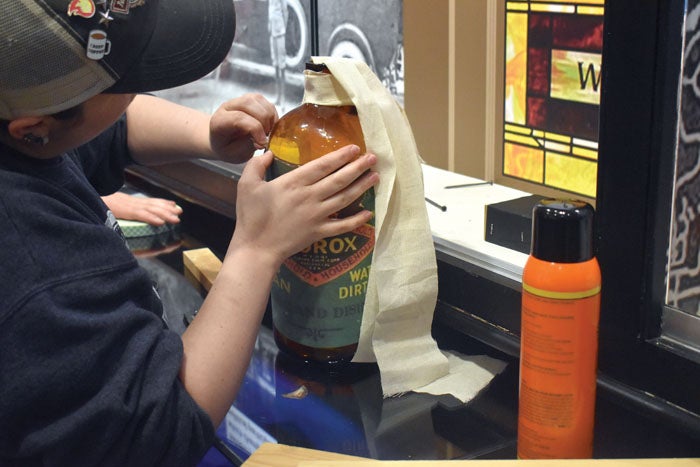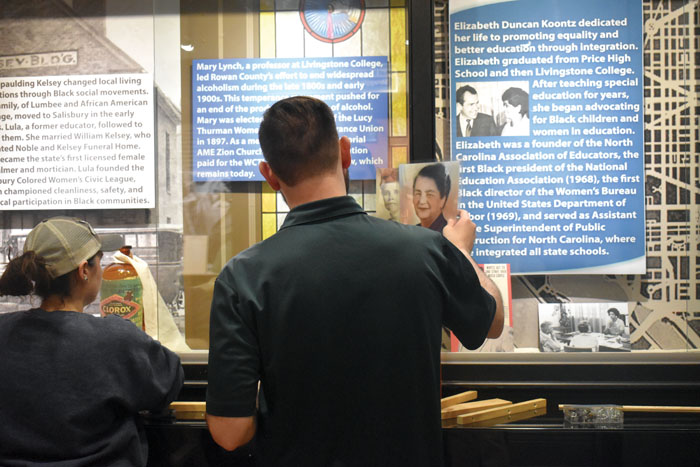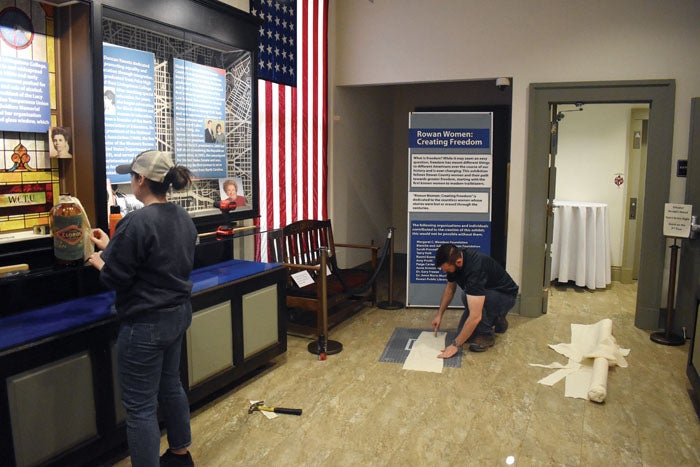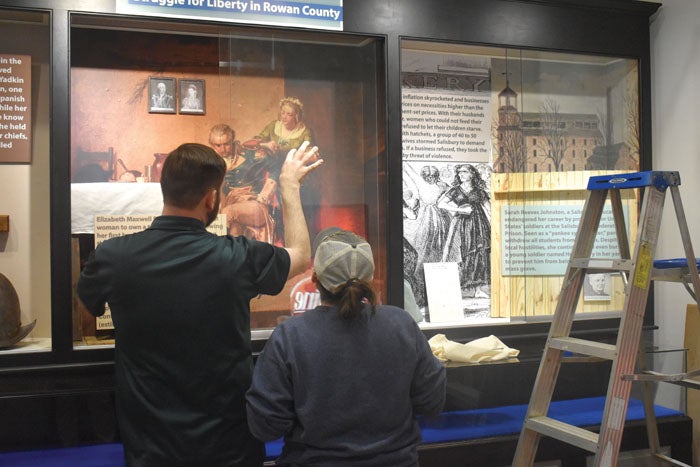‘Rowan Women: Creating Freedom’ exhibit debuts at Rowan Museum
Published 12:02 am Saturday, February 25, 2023
SALISBURY — Too often in the history books, women don’t get the credit deserved for contributions they’ve made to the world we live in.
But the Rowan Museum is trying to change that. A new exhibit titled “Rowan Women: Creating Freedom” debuted on Friday and will educate residents on the numerous women who have made a meaningful impact on the county. The exhibit is filled with detailed stories, historical artifacts and pictures of notable Rowan County women. It is a part of the museum’s “What Is Freedom?” initiative, which was used in the Black History Month exhibition.
The exhibit starts with the first documented people in the county, the Guatari Tribe, through the Colonial period, the pre- and post- Civil War era and up to the present day.
The Guatari were Native Americans who lived near the Yadkin River. They were led by a woman known as Guatari Mico, or chief. She was said to have 39 male chiefs under her.
Following her, the exhibit features notable women of the Colonial period and the Civil War era such as Elizabeth Maxwell Steele and Sarah Reeves Johnson. Steele was a prominent Salisbury tavern owner and a supporter of troops fighting in the American Revolution. Her tavern was a place of refuge for soldiers and she was also known to donate whatever she could for the American cause. Johnson was a teacher during the Civil War who gave up her career to care for Union soldiers in Confederate prisons, making her an outcast and seen as a “Yankee sympathizer.”
The Civil War era of the exhibit also features the Salisbury Bread Riots. A group of about 50 women, who were all wives and mothers of Confederate soldiers, were frustrated with rising food prices during the war and raided stores for food to feed their starving children.
Lula Marie Spaulding Kelsey is also featured in the exhibit. A prominent business woman in Salisbury. Kelsey was the founder and president of the Salisbury Colored Women’s Civic League in 1913 and went before the Salisbury City Council demanding they spend the same amount of money for the Black community as the white community, especially in regards to cleaning up the city so it could be healthier for everyone. She also owned a funeral home with her husband and was one of the first female licensed morticians in North Carolina.
“The Black women civic league, who clean up the Black community, convince the white communities that if they don’t help clean up our communities too the flies will come over and transmit disease,” said the director of the Rowan Museum Evin Burleson. “It was one of the first large-scale interracial cooperations in Salisbury.”
The exhibit also talks about famous Rowan women politicians such as Elizabeth Duncan Koontz, the first African-American president of the National Education Association, as well as the first African-American director of the United States Department of Labor Women’s Bureau.
“Koontz played a massive part in getting school integration in North Carolina,” Sarah Presnell, a curator at the museum.
Elizabeth Dole is also featured, the first female United States senator in North Carolina and one of the first women to graduate from Harvard Law School.
There is also a case that focuses on Jamima DeMarcus and Jackie Torrence. DeMarcus was the first woman elected to the China Grove Town Council, as well as the first to be elected to the Rowan County Board of Commissioners. Torrence is a nationally renowned storyteller.
“She did so much for literacy and for telling stories would have otherwise been forgotten because the majority of what she did were folktales, “ Burleson explained. “She grew up on a farm out in the western part of the county with her grandparents and her grandfather told stories that his father who was enslaved told him, so she’s telling stories from the 1800s that otherwise would have been forgotten.
These are just a few examples of the women featured in the exhibit. which had a soft opening on Friday and a grand opening sometime in March.
“The main reason an exhibit like this is necessary is that it tells the stories that have mostly been forgotten or have been erased through history,” Burleson said. “The vast majority of women’s stories have been erased through the many centuries of Rowan County history, so we’re trying to add those stories back in, as many as we can find.”


